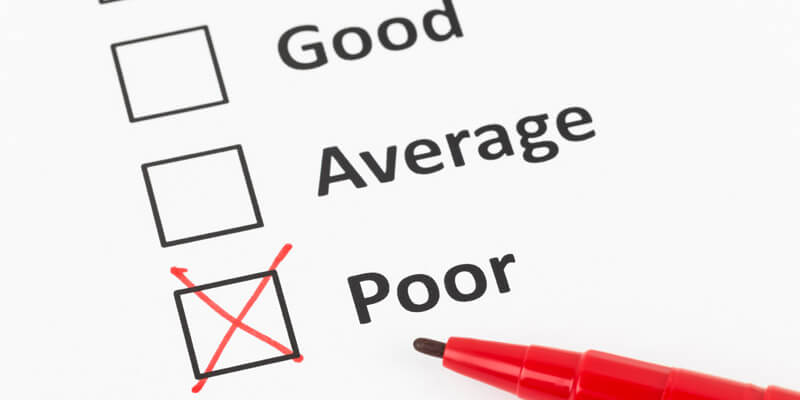
While bad reviews are not as inevitable as death and taxes, they indeed land somewhere in the top ten things a business will have to face. Restaurants are no different. While you may do your very best to deliver great food, pleasant ambiance, and excellent service, eventually your establishment will either fall short or come across a customer who just wants too much.
Whatever the reason, knowing how to handle a bad review is critical to managing your restaurant’s reputation.
Your Response Can Say More Than the Review Itself
Remember that your response to the review will tell potential customers as much, if not more, than the bad review itself.
Unhappy customers are a fact of life and most consumers know that. But your response will show what type of establishment you run. More than that, it will give a certain “vibe” which means a lot to people looking for a place to eat and socialize. Either you let potential customers that you care about all feedback – or that you’re defensive and think you’re always right (even if you are).
The worst thing you can do is get defensive. Regardless of whether you did something wrong or not, recognize that the “world” is watching.
If your blood pressure shoots through the roof when you come across someone bad-mouthing your establishments, the first thing to do is step away from the keyboard. You don’t have to respond right away. Wait until cooler heads prevail and come back to it. You have been given a chance to make yourself look good; don’t blow it.
Tip No. 1: The “Mea Culpa”
Check on whether members of your staff, or you, actually did something wrong. Self-reflection is critical at this juncture. A bad review can be an opportunity for growth and to identify ways that you or your employees may be driving customers away.
Don’t waste the opportunity to identify these patterns and address them! If the reviewer is correct, even if just a little bit – own it. Your review should be apologetic: let them know you are rectifying the situation and that you appreciate them bringing it to your attention.
There is nothing more disarming than taking accountability and promising to do better.
Tip No. 2: The “Sorry (Not Sorry)”
Contrary to the popular saying, the customer is not always right.
In fact, sometimes the customer is just flat out wrong—and unpleasant. However, the internet is not the right place to have this fight. If the reviewer at issue was particularly heinous, don’t fall on your sword but don’t become overly defensive or aggressive either. Instead, empathize and stay professional.
For example, you could say, “We are sorry you did not enjoy your time at our establishment. We strive to deliver great food and best-in-class service but sometimes those are not enough. We wish you the very best and hope you decide to give us a second chance.”
While those customers may not come back—and maybe you don’t want a rude customer to come back—other readers won’t have a reason to doubt your sincerity and may question the reviewer’s accuracy. That is the best you can hope for.
Tip No. 3: Make Amends
While you don’t want to incentivize people to leave bad reviews in the hope they will get a freebie, sometimes it makes sense to offer the unhappy customer an opportunity to get in contact with you so you can “make it right.”
Offer a dessert, or a glass of wine, or another token of appreciation if they do decide to come back.
People very often just want to feel like they’ve been heard and that someone cared about their experience. If you can give someone that for the price of two ice cream scoops—and hopefully a positive follow up review—it will be worth the investment.
Bad reviews are an opportunity to both identify areas of weakness within your organization, improve your customer experience, and come out on top by being pleasant and attentive to your diners’ needs. A potential patron will be far more impressed by your ability to address a difficult situation than your ability to win a “comment war” online. Take the high road; you will be better for it.